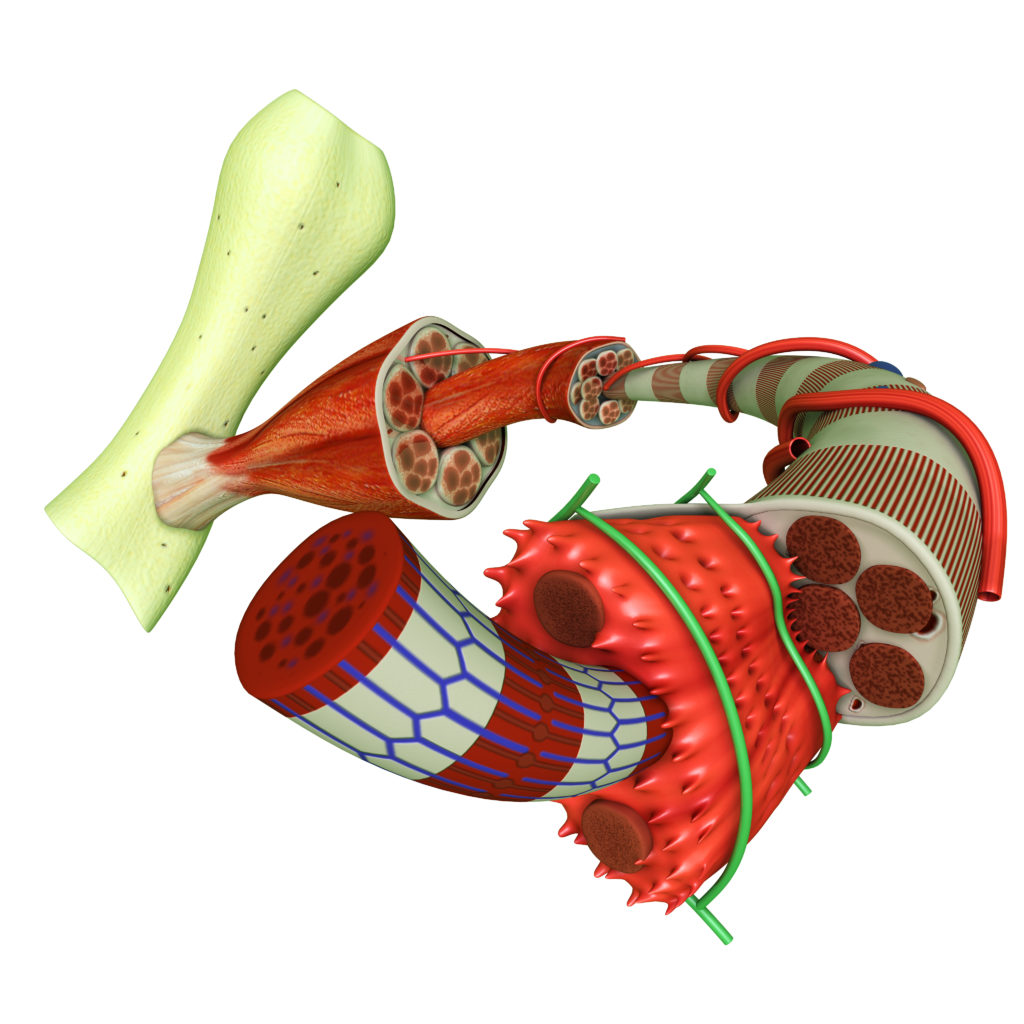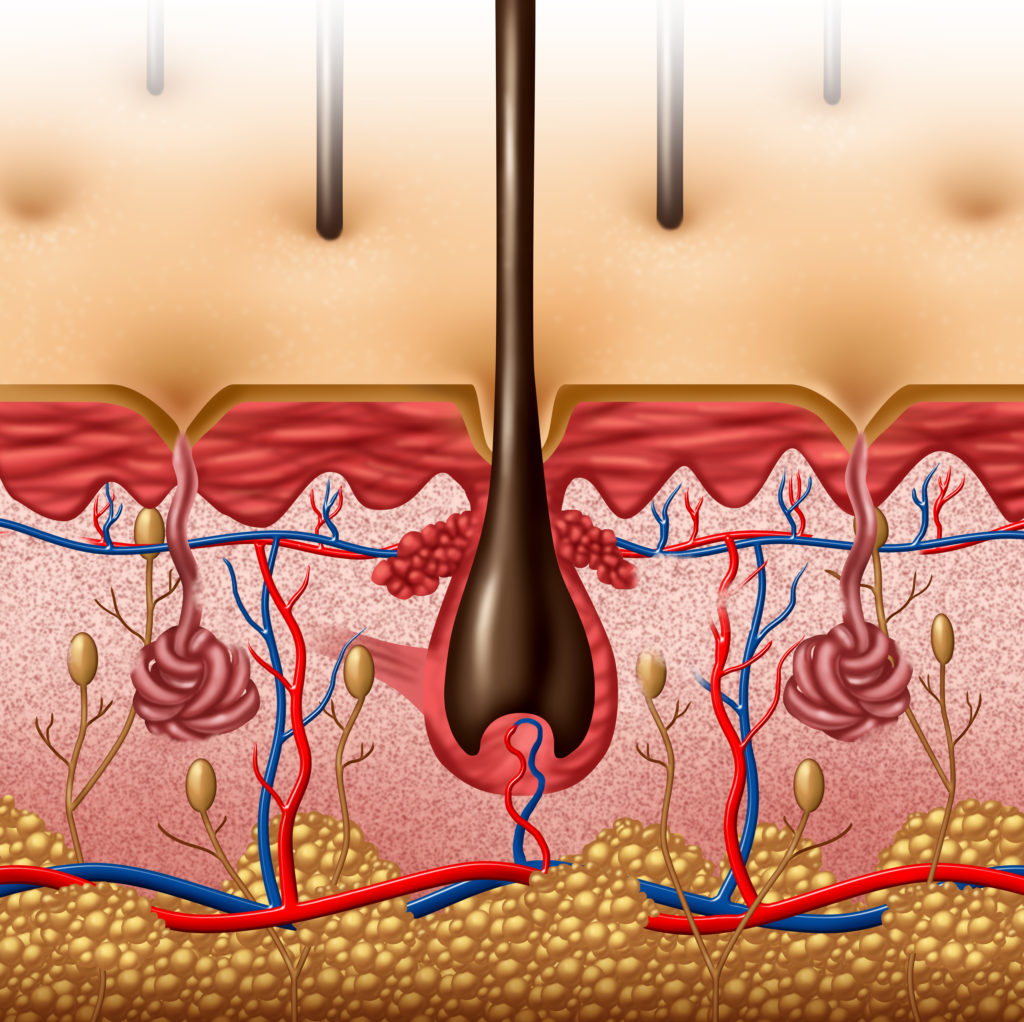Functional Anatomy
In the Functional Anatomy course, you will learn about hundred different skeletal muscles, knowing at the end of the course the names and locations of many different skeletal muscles in the human body. The course will also give you a basic knowledge of the origins and insertions of the skeletal muscles, which will help you to identify the functions of the skeletal muscles, i.e. the specialised movement terminology: flexion, extension, abduction, adduction, internal rotation, external rotation, supination, pronation, etc. Functional anatomy provides a thorough basis for understanding the functioning of the human body at the level of skeletal muscles, particularly in the level of skeletal muscles functions. For example, which skeletal muscles form lordosis, which skeletal muscles are responsible for the flat back, which skeletal muscles form the foot arches (longitudinal and transverse arches), and so on. The course will also cover Latin terms, which are also necessary to be familiar with, as this is an international professional language. At the same time, our course is based on Estonian terminology, as the course organization experience has indicated that it is easier to learn things first in Estonian and then add Latin terminology. The Functional Anatomy course is, therefore, a combination of the two languages.









